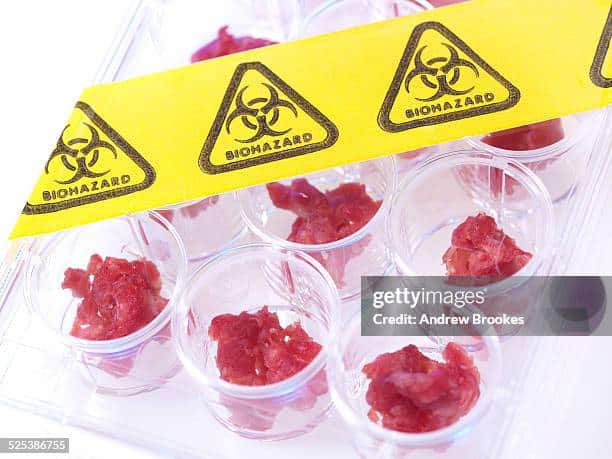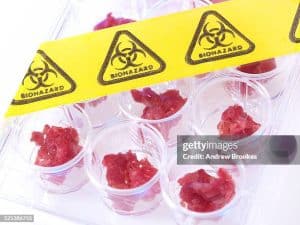Back in July 2016, President Obama signed the National Bioengineered Food Disclosure Law (NBFDL), requiring all food made and packaged in the United States to disclose the presence of bioengineered ingredients. So, what exactly IS bioengineered food anyway? For some, it might conjure an image of Dr. Frankenstien’s laboratory. Let’s take a closer look at the actual science.
Understanding Bioengineered Food
When you go to the grocery store, you may notice labels on the products that say “No GMOs” or “contains bioengineered ingredients” on the packaging or sales labels. Most of these may be found in products made from grains and produced because of genetic engineering. In the simplest terms, this refers to crops, like corn, canola, or soybeans, that have been genetically altered using modern biotechnology to give them more desirable traits.
These desirable traits in the plants may include faster growth, disease resistance, larger size, more plentiful fruits, better flavor, longer shelf life, brighter colors, or ease of growing. Genetically Modified Organisms, or GMOs, make up at least 80% of the food stock in the United States. Bioengineered foods, or BE, are often used synonymously with the term GMO.
Believe it or not, genetically modifying crops and animals is certainly not new. In fact, it’s about as old as agriculture itself. Selective breeding through generations to get the desired results has occurred for thousands of years and continues today. The big difference between traditional selective breeding and bioengineering is that DNA is inserted into the nucleus of a cell, altering it to achieve the desired effect.
Basically, BE bypasses the selective breeding process. It makes a rapid and much more precise change to a plant or animal than selective breeding does. Selective breeding is a traditional method of altering traits by choosing which organisms to reproduce with. In contrast, genetic engineering uses modern technology to modify an organism’s genetic code directly into the cell.
Criticism of Bioengineered Food
Bioengineered foods are relatively new, so they have their share of distrust and conflicting viewpoints. Many people feel that they are the cause of the rise in food allergies, while others say that they cause antibiotic resistance. Several people say BEs threaten the environment because they can harm insects and other crops or cause cancer. However, these claims are yet to be proven, but to be fair, they are not disproven either. The glaring fact is that severe food allergies coincide with the rise of BEs.
We simply don’t know the long-term consequences of BEs yet, good or bad. Since they have been around for twenty years, that’s still a relatively short time. It remains to be seen if BEs are truly harmless or if they will negatively impact the biome around us. Many believe that the decline of the honey bee is because of BEs, but there hasn’t been solid evidence to support this yet.
Lab-Grown Meat: The Next Level Bioengineered Food
Lab-grown meat, also known as cultured meat, is probably the “Hail Mary” of BE food. Once seen as science fiction, it is now science fact and available at your grocery store. The subject of cultured meat is polarizing. While some praise its arrival, others can’t get past the “ick” factor. That’s understandable; instead of meat from a living animal, it comes from animal cells. The cells are reproduced in a lab until enough are present to make a steak.
The upsides are obvious: animal cruelty, less environmental impact, and less use of antibiotics. The cons are selling it to the general public. Admittedly, the concept of cultured meat does seem rather outlandish to many people, at least for now. It also takes a lot of energy and water to produce. People who have tried it report that it tastes similar to traditional meat but not quite the same. Maybe with time, it will improve.
Wrapping Up
Controversy still surrounds bioengineered food; until more is known, opinions will probably remain divided. Perhaps as food biotechnology advances, so will its understanding. It’s always a good idea to know where your food comes from, regardless of where you buy it.





